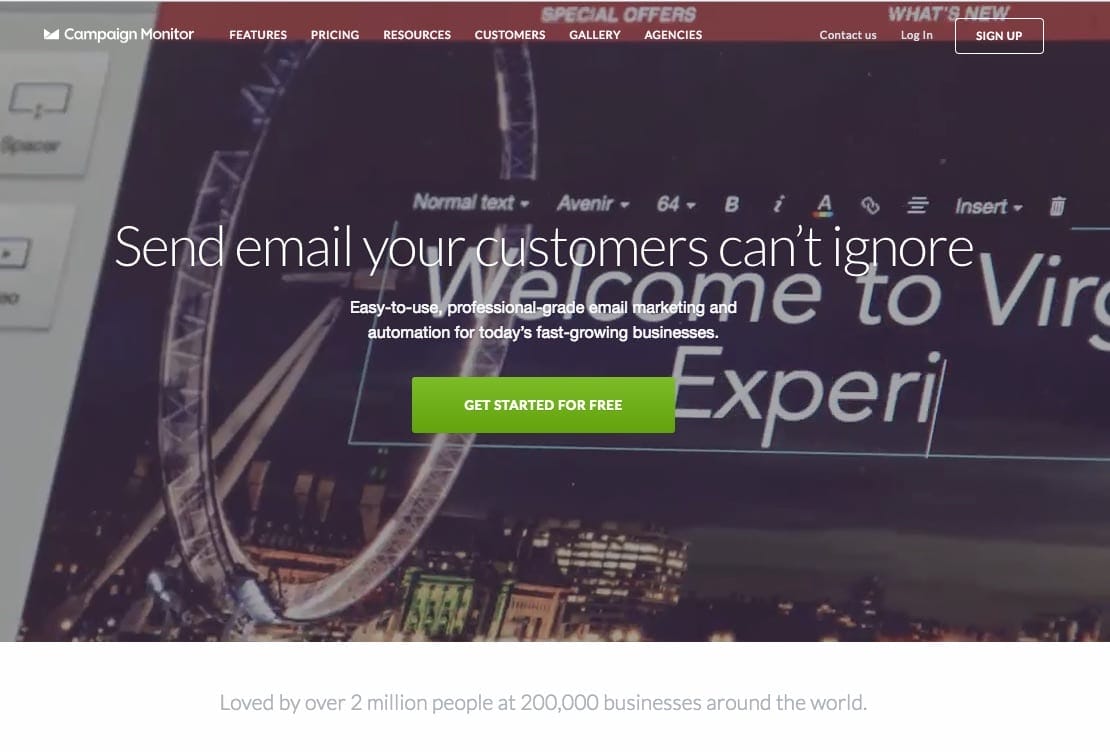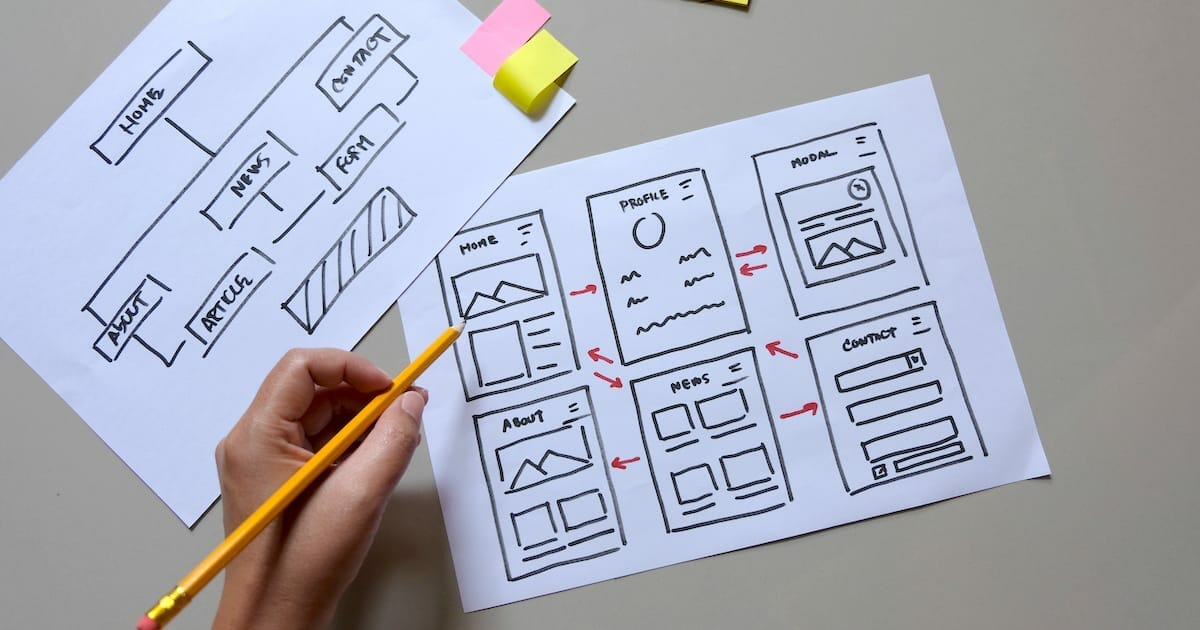There’s no denying it….planning and organising your website content is a BIG job, whether it is a new site or a site refresh.
In fact, when we are asked what the timeframe is for building a website, we know that if a client is providing the content they will be the ones that cause any delays in website completion. This is not deliberate on the client’s part, it is just that they have a hundred other things to do in their business and adding content production on top of that can be overwhelming.
So how can this possibly be streamlined?
First up, forget the idea that content comes last. Starting on website design before content is underway is putting the cart before the horse – design is the way your content is presented so trying to fit your content into a pre-existing design does not work…. I have seen some beautiful website templates purchased and absolutely butchered.
So before you even start on design, here are the bare basics you need to get out of the way first:
Planning & Grouping Your Site’s Pages
Start by mapping out your site pages and grouping them in a logical structure that will make sense for visitors in your site’s navigation. If you have a number of services or products, group them by categories. The temptation may be to try to get away with less pages but think about the user experience – if people are looking for specific information and it is hidden amongst other loosely related content then you may be making things too hard for them.
For each page note the main message and any call-to-actions (avoid giving people too many choices for what to do…it is your job to guide them).
There are a number of ways you can do this, be it good ol’ pen and paper, mind mapping software…. or even just a simple spreadsheet done in Excel or Google Sheets.
However you do it, this is your game plan – a visual overview of your sites content and structure. Remember, “If you fail to plan, you plan to fail!”
Structuring Each Page
Now, think that each page is a potential entry page for your site. Whether it is through organic search or a paid marketing campaign, you are going to be having people land on pages other than your home page so you need to make sure you make a great first impression.
This is where identifying the main message and call-to-actions in the planning stage is so important. For each page you can now work out exactly what needs to be on the page from how it starts to how it finishes.
Look at CampaignMonitor.com

Is there any confusion about what the main message and call-to-action are? With their service you can “send email your customers can’t ignore” and you can get started for free.
Reviewing the rest of the page, everything is there to back up their main message from the background video showing that Virgin uses it, the testimonials, the animated gif showing a newsletter being created, sample newsletter campaigns and the support they offer. You understand what it is they are offering and exactly what the next step to doing business with them is.
What Campaign Monitor does on their home page is for the single service offering they provide, and you need to do the same for each service you provide. Each page needs to sell itself, because if that is the first page a visitor sees, it may be the only page they see.
So for each service you offer:
- What is the “unique buyer’s advantage” (your main message) that you want people to see at the very top of the page?
- What is the next step that people should take (your call-to-action)?
- What credibility factors can you share to impart trust? Years in business, number of clients served, logos of clients, testimonials, case studies, samples of work, etc.
- What benefits will clients receive from your product or service?
- Can you show your product in action or what the process of working with you is?
- Is there anything that you can highlight that makes you different (and better) from competitors.
Everything on the page should be like you are taking someone on a journey, and as they scroll you are giving them extra pieces that increases their confidence that you have what they need and can be trusted to deliver.
So When Can You Start On Design?
Well hopefully when you have all of your planning and content done…but you may be able to shortcut the process a little.
When I’m planning out the content for a page, prior to sending it on to our web designers, I like to use a whiteboard to add my “chicken-scratch” of what is going on the page – a birds-eye view of the visual hierarchy of the page’s content and how it flows as visitors scroll down the page.
This way you can provide the headings and an idea of the amount of text and types of images that will be required to support the content. This may be enough to get the designers working, while you are still working on the content.
The key message here is that a graphic designer can make something look pretty but they may not be the first person to go to in conceptualising the way your business message should be presented.




